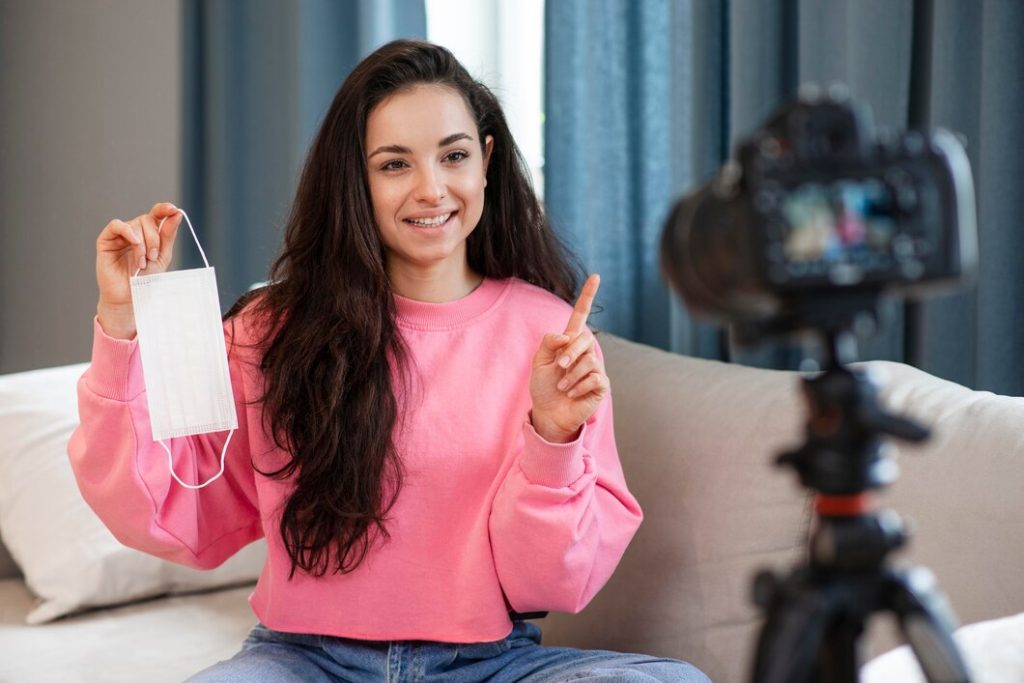TikTok Live app allows users to broadcast live videos to their followers, who can interact with them through comments, likes, and reactions. This feature has become a game-changer for creators, enabling them to build a loyal community, increase engagement, and even monetize their content.
Benefits of TikTok Live
- Real-time engagement: Tiktoklive apk enables creators to connect with their audience in real-time, fostering a sense of community and encouraging active participation.
- Increased visibility: Going live on TikTok can significantly boost your visibility, as your stream is highlighted in the app’s “Live” section.
- Authenticity: TikTok Live allows creators to showcase their authentic selves, building trust and rapport with their audience.
- Monetization: TikTok Live offers creators the opportunity to earn money through virtual gifts, which can be converted into real currency.
Best Practices for TikTok Live
- Plan ahead: Schedule your live streams in advance to maximize visibility and engagement.
- Be authentic: Be yourself, and don’t be afraid to show your personality.
- Interact with your audience: Respond to comments and engage with your viewers to build a loyal community.
- Use high-quality equipment: Invest in good lighting, sound, and camera equipment to ensure a high-quality stream.
Tips for a Successful TikTok Live
- Promote your live stream: Share your upcoming live stream on other social media platforms to drive traffic to your Tik tok live Download account.
- Use relevant hashtags: Use relevant hashtags to increase your visibility and attract new followers.
- Offer exclusive content: Offer exclusive content or Q&A sessions to incentivize viewers to tune in.
- Be consistent: Regularly go live to maintain a consistent schedule and keep your audience engaged
Here’s an expanded version of the article:
Source: https://Tiktoklive.fun
Features of TikTok Live
- Real-time interaction: Engage with your audience through live comments, likes, and reactions.
- Virtual gifts: Receive virtual gifts from viewers, which can be converted into real currency.
- Live shopping: Tag products in your live stream, allowing viewers to purchase from your store directly.
- Co-streaming_: Go live with other creators, expanding your reach and building collaborations.
- Live streaming with effects: Use Tiktoklive fun creative effects to enhance your live stream.
Benefits of TikTok Live
- Increased engagement: Boost your engagement rates with real-time interaction.
- Improved visibility: Reach a broader audience through TikTok’s “Live” section.
- Authenticity: Build trust with your audience through authentic, unedited content.
- Monetization: Earn money through virtual gifts, live shopping, and brand collaborations.
- Community building: Foster a loyal community through regular live streams.
Best Practices for TikTok Live
- Plan ahead: Schedule your live streams to maximize visibility and engagement.
- Be authentic: Be yourself, and don’t be afraid to show your personality.
- Interact with your audience: Respond to comments and engage with your viewers.
- Use high-quality equipment: Invest in good lighting, sound, and camera equipment.
- Promote your live stream: Share your upcoming live stream on other social media platforms.
Tips for a Successful TikTok Live
- Offer exclusive content: Provide incentives for viewers to tune in, such as exclusive Q&A sessions or behind-the-scenes footage.
- Use relevant hashtags: Increase your visibility with relevant hashtags.
- Collaborate with other creators: Co-stream with other creators to expand your audience.
- Be consistent: Regularly go live to maintain a consistent schedule.
- Engage with your audience: Respond to comments and engage with your viewers.
Conclusion
TikTok Live offers a unique opportunity for creators to connect with their audience, build a loyal community, and increase their online presence. By following the best practices and tips outlined in this article, you can unlock the full potential of TikTok Live and take your content to the next level.

